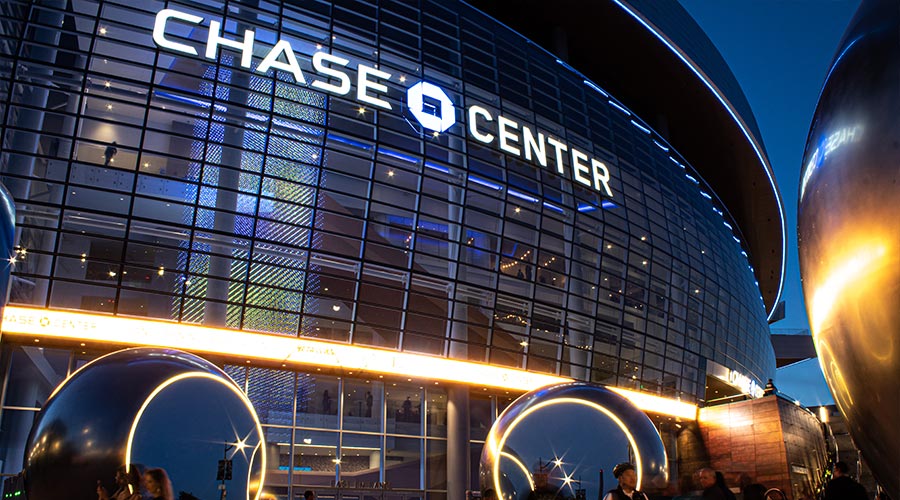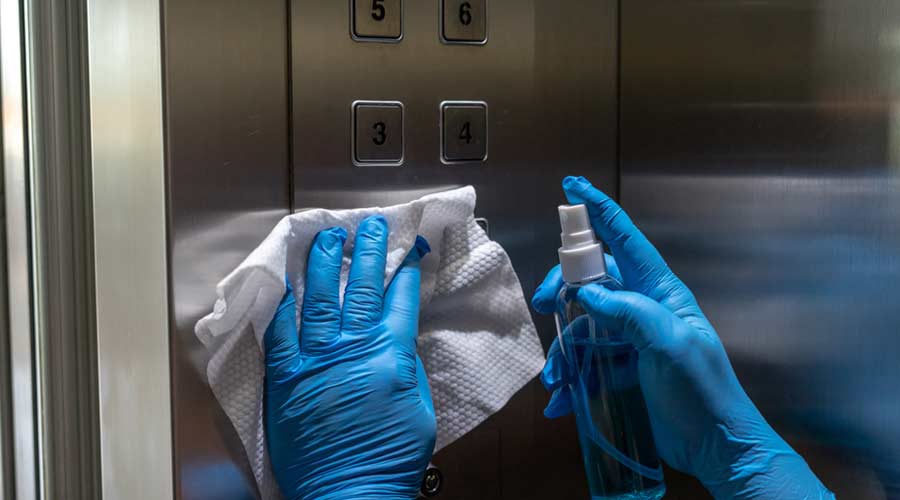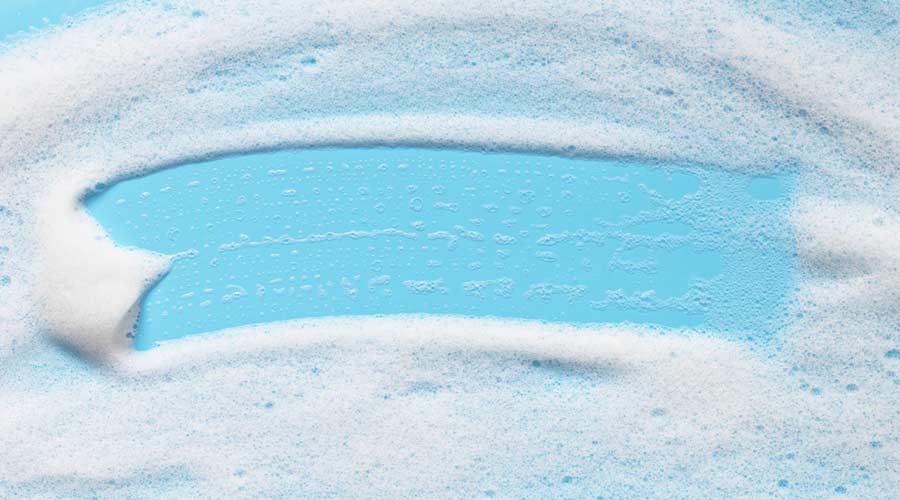
In the pursuit of zero-waste and sustainability goals, facility cleaning managers often face the challenge of not only trying to optimize internal operations, but also aiming to create wider, broader behavioral changes. The Chase Center in San Francisco, home to the Golden State Warriors, serves as a great example of how community involvement can amplify recycling and sustainability initiatives. By offering up a model for facilities nationwide that is repeatable, and by forging partnerships with local schools, the center effectively leverages the Warriors’ influence. The implementation of incentive programs demonstrates that engaging local communities — and particularly students — can help create lasting environmental impact.
The approach adopted by the Chase Center is wide-ranging, but there are a few key takeaways facility cleaning managers can use to build better connections with local schools and turn those relationships into a conduit for early adoption of recycling habits, which in turn enhances sustainability efforts throughout not just local neighborhoods, but nation-wide.
The Green Light for Good Habits
The Chase Center’s partnerships with the San Francisco Unified School District (SFUSD) and the San Francisco Environment Department (SF Environment) work to illustrate how educational institutions can foster early adoption of sustainable practices. Schools are ideal platforms for instilling recycling and composting habits.
The Chase Center’s “Green Team” program trains student volunteers to lead recycling initiatives, conduct waste audits, and educate their peers. At Bessie Carmichael Middle School, Green Team efforts increased recycling rates by 22 percent in 2024, per SF Environment’s annual report.
“Students who learn proper waste sorting in school carry those habits into adulthood, creating a generational shift in sustainability,” according to Tyrone Jue, acting director of SF Environment, underscoring the value of long-term impact.
The arena also hosts educational tours, allowing students to observe its zero-waste operations, including its three-stream waste system — recyclables, compostables, and landfill. In 2024, over 2,000 students participated, with surveys showing a 35-percent increase in recycling knowledge post-visit. These programs align with San Francisco’s Mandatory Recycling and Composting Ordinance, reinforcing previously developed city-wide goals.
For other facilities, partnering with schools can be a low-cost, high-impact strategy. Managers can collaborate with local districts to integrate waste education into the curriculum or host facility tours that showcase the reality of sustainable practices.
“Schools are where habits form,” says Dr. Maria Santos, an SFUSD sustainability coordinator. “Facilities that engage students create advocates who spread recycling knowledge beyond campus.”
Plus, many kids love heavy machinery; drawing them in by showcasing the innovative hardware and technology that goes into making the planet greener is a significant entryway into making an impression.
One big benefit to this approach? Facilities can start small. By offering workshops or donating recycling bins to nearby schools, facilities can not only enhance community recycling rates but also position themselves as sustainability leaders, and what school doesn’t love free stuff? For example, a hospital partnering with a local elementary school could sponsor a recycling competition to boost waste diversion while building community goodwill. By prioritizing schools, facilities can cultivate a sustainability-minded generation, ensuring long-term environmental progress.
Popularity Contest
The Warriors’ national cultural influence amplifies the Chase Center’s sustainability efforts, demonstrating how facilities can leverage community ties to promote recycling. The annual “Green Week” initiative engages fans through zero-waste games, where volunteers guide proper waste sorting at stations. In 2024, these events achieved a 93 percent diversion rate, diverting 12 tons of waste, according to Recology, the arena’s waste management partner.
“The Warriors make sustainability relatable, turning fans into active participants in zero-waste goals,” according to Debbie Raphael, former SF Environment Director, who has high praise for this approach. Social media campaigns and in-arena videos can further reinforce recycling messages, reaching thousands of fans.
The Warriors Community Foundation extends this impact through the “Warriors Green Future” program, providing grants for school recycling infrastructure and student-led projects. In 2024, 12 schools received funding, increasing composting participation by 18 percent across campuses.
For other facilities, partnering with local influencers — sports teams, businesses, or community groups — can similarly elevate sustainability efforts. A convention center, for instance, could collaborate with a local celebrity to promote recycling during events.
“Community pride drives action,” says Warriors Community Foundation Director Sarah Arsan. “When facilities align with trusted voices, recycling becomes a shared mission.”
Facility managers can also take a page out of Chase Center’s outreach tactics, such as hosting community clean-up events or creating educational content for local media. These efforts serve to build trust and, importantly, encourage recycling adoption beyond =the facility.
Schools play a critical role here, as student-led campaigns inspired by Warriors programs often spill over into neighborhoods, amplifying impact. By integrating community engagement with school partnerships, facilities can create a sort of feedback loop where advocates and community influencers reinforce sustainable behaviors, a strategy that can be adapted to all sorts of local contexts.

 The Down and Dirty on Cleaning in Virus Season
The Down and Dirty on Cleaning in Virus Season How Surfactant Use is Expanding in Commercial Cleaning
How Surfactant Use is Expanding in Commercial Cleaning